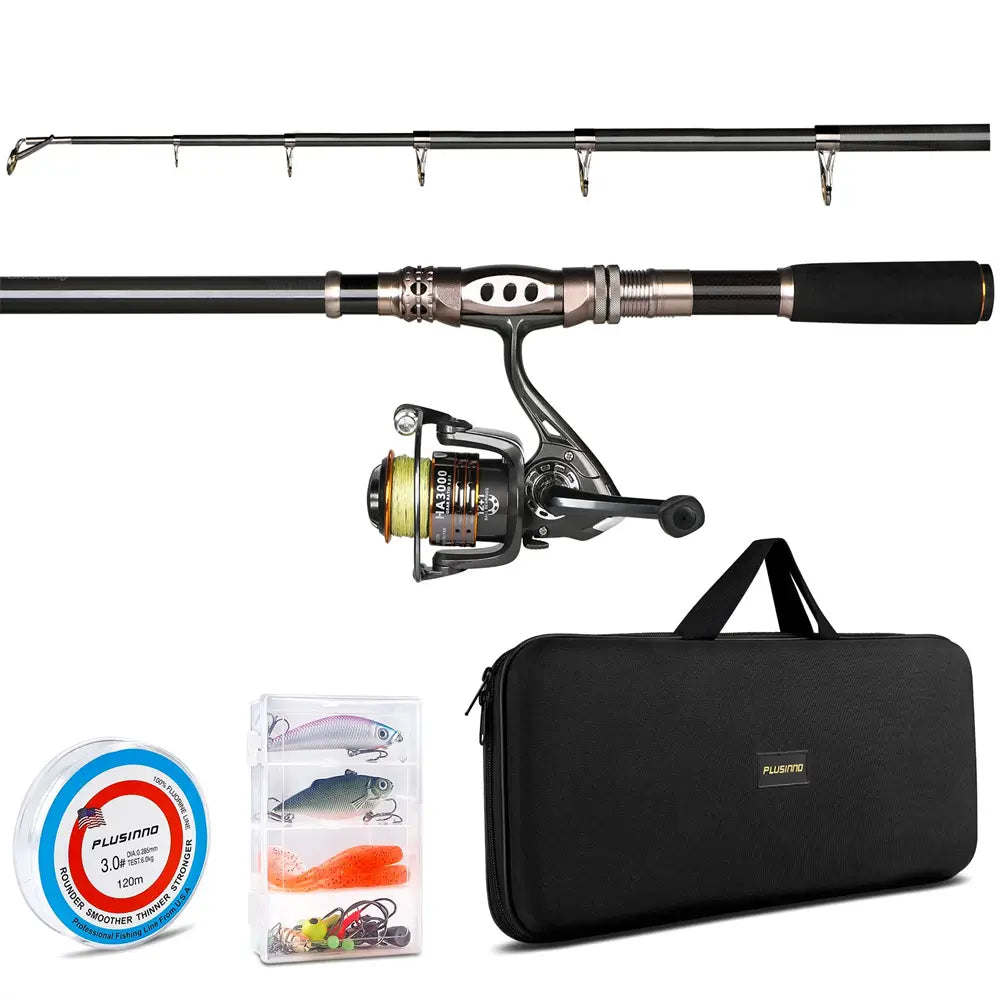When it comes to fishing, having the right equipment can make all the difference in your experience. One crucial component of your fishing gear is the drag system on your reel. The drag system plays a vital role in controlling the amount of resistance a fish feels when it takes your bait. In this article, we will take an in-depth look at how drag systems impact your fishing experience and provide you with valuable insights to enhance your skills on the water.

The Basics of Drag Systems
Before we delve into the impact of drag systems, let's first understand what they are. The drag system on a fishing reel is a mechanism that allows you to control the amount of pressure applied to the fishing line. This pressure determines how much resistance a fish feels when it pulls on the line. A well-adjusted drag system ensures that the line doesn't break under the strain of a powerful fish, while still allowing you to tire out the fish and reel it in.
The Impact on Landing Big Fish
One of the primary ways drag systems impact your fishing experience is by determining your ability to land big fish. When you hook a large fish, it will often make powerful runs and sudden changes in direction. Without a properly functioning drag system, the line can snap, and you risk losing the fish. On the other hand, if the drag is set too loose, the fish can take too much line and escape. Finding the right balance is crucial, and it often requires some trial and error.
For example, let's say you're targeting a trophy-sized bass. As soon as the fish takes your bait, it makes a strong run towards a submerged log. With a well-adjusted drag system, you can apply enough pressure to turn the fish away from the log without risking a line break. This allows you to tire out the fish and bring it closer to the boat for a successful landing.
Types of Drag Systems
There are several types of drag systems available, each with its own advantages and disadvantages. The most common types include:
1. Front Drag
The front drag system is located at the front of the reel and is often preferred by anglers for its smooth and consistent performance. It allows for precise adjustments and is less prone to overheating during long battles with big fish.
2. Rear Drag
The rear drag system is located at the back of the reel and is known for its ease of use. It is often favored by beginners or anglers who prefer simplicity. However, rear drag systems may not offer the same level of control and durability as front drag systems.
3. Lever Drag
The lever drag system is commonly found on high-end reels and offers the most precise control over the amount of pressure applied to the line. It allows anglers to make quick adjustments during a fight, giving them an advantage when battling powerful fish.
Choosing the Right Drag System
When selecting a fishing reel, it's essential to consider the type of fishing you'll be doing and the size of the fish you'll be targeting. Different drag systems excel in different situations, so it's crucial to choose one that suits your needs.
For example, if you're planning to go after large saltwater species like marlin or tuna, a reel with a robust lever drag system would be a wise choice. On the other hand, if you're a freshwater angler targeting smaller fish like trout or bass, a reel with a reliable front drag system may be more suitable.
Conclusion
Demystifying drag systems is essential for any angler looking to improve their fishing experience. Understanding how drag systems impact your ability to land big fish and choosing the right type of drag system for your fishing style can greatly enhance your success on the water. So, next time you're out fishing, pay attention to your drag system and make the necessary adjustments to optimize your chances of landing that trophy fish.







